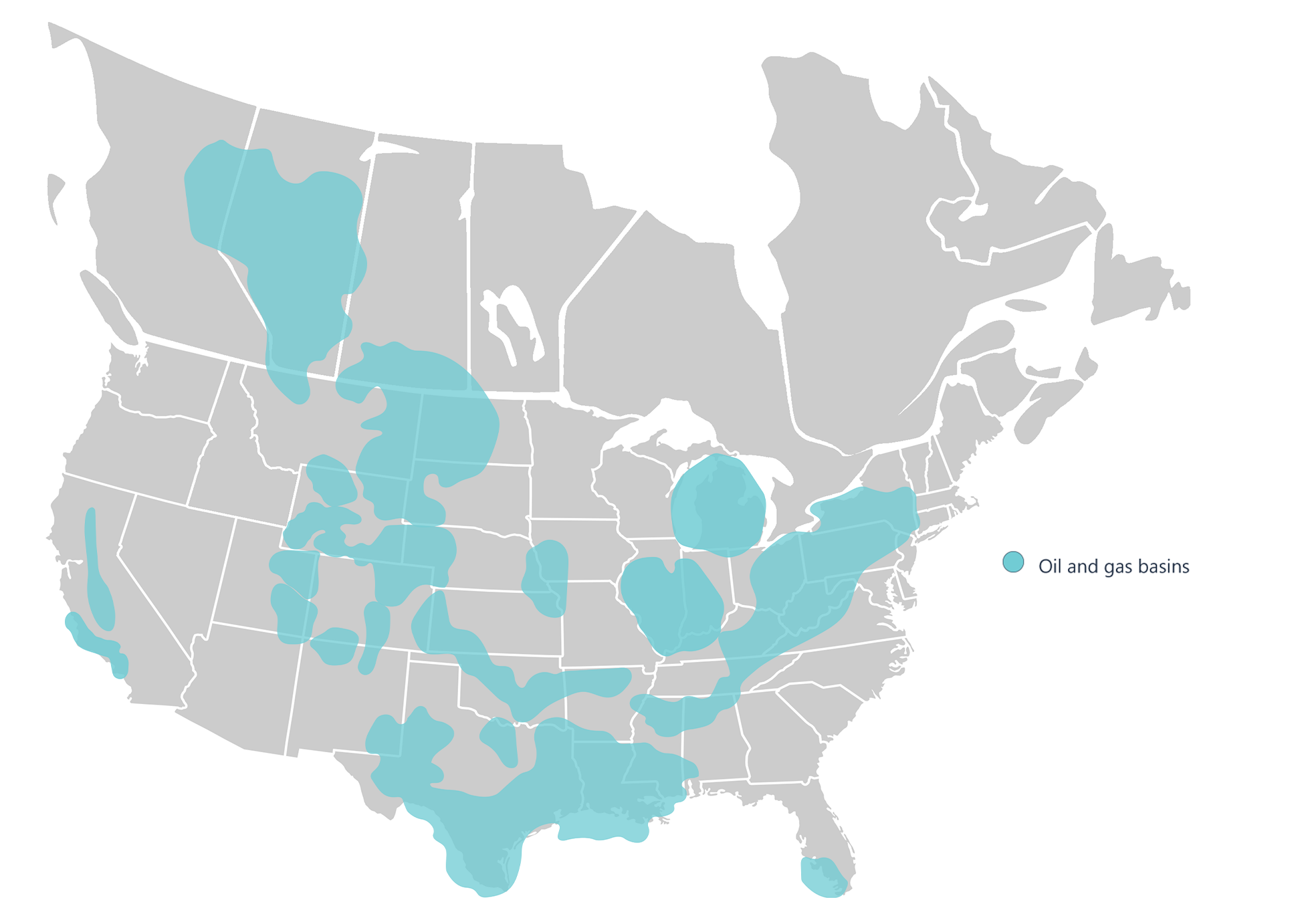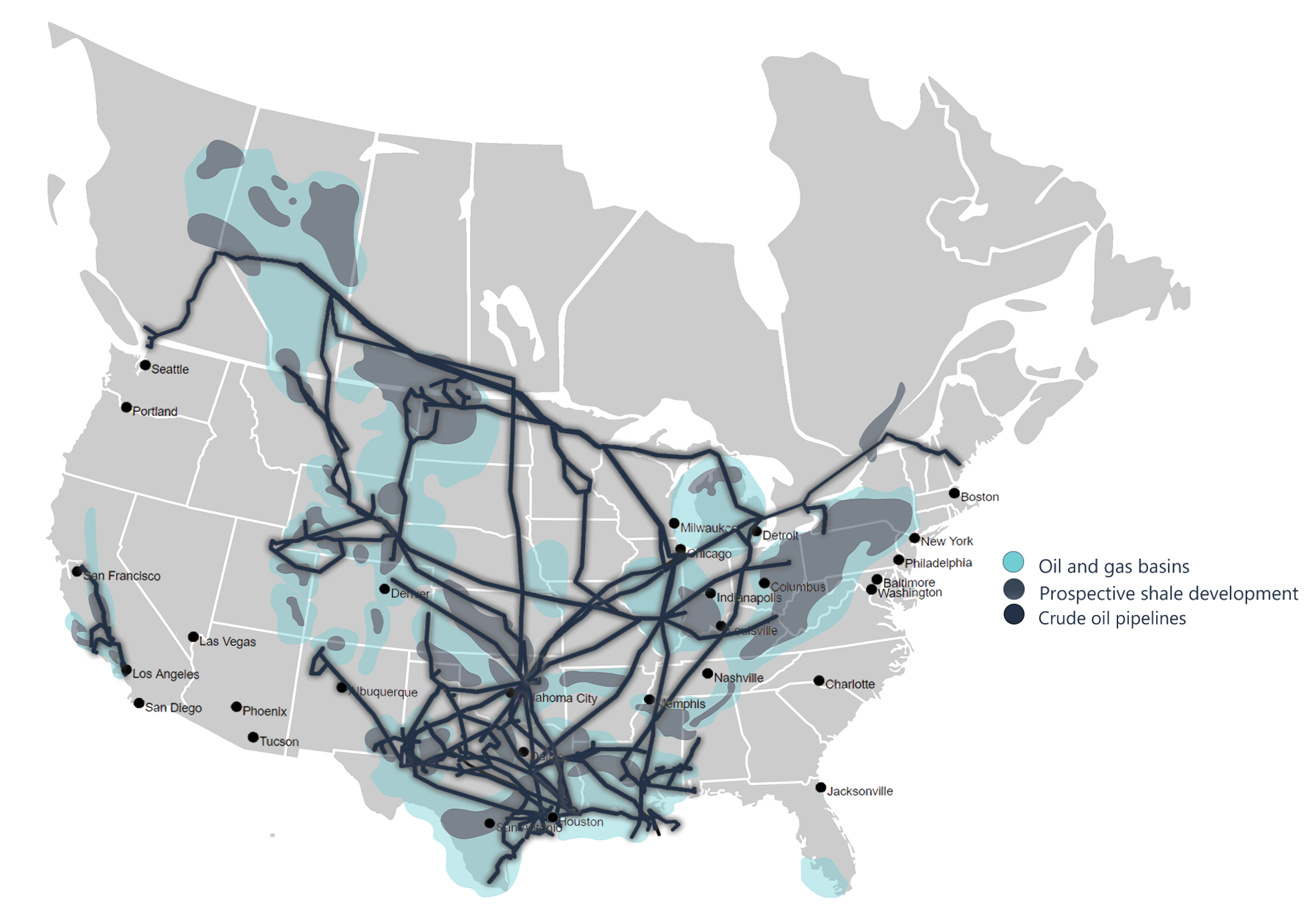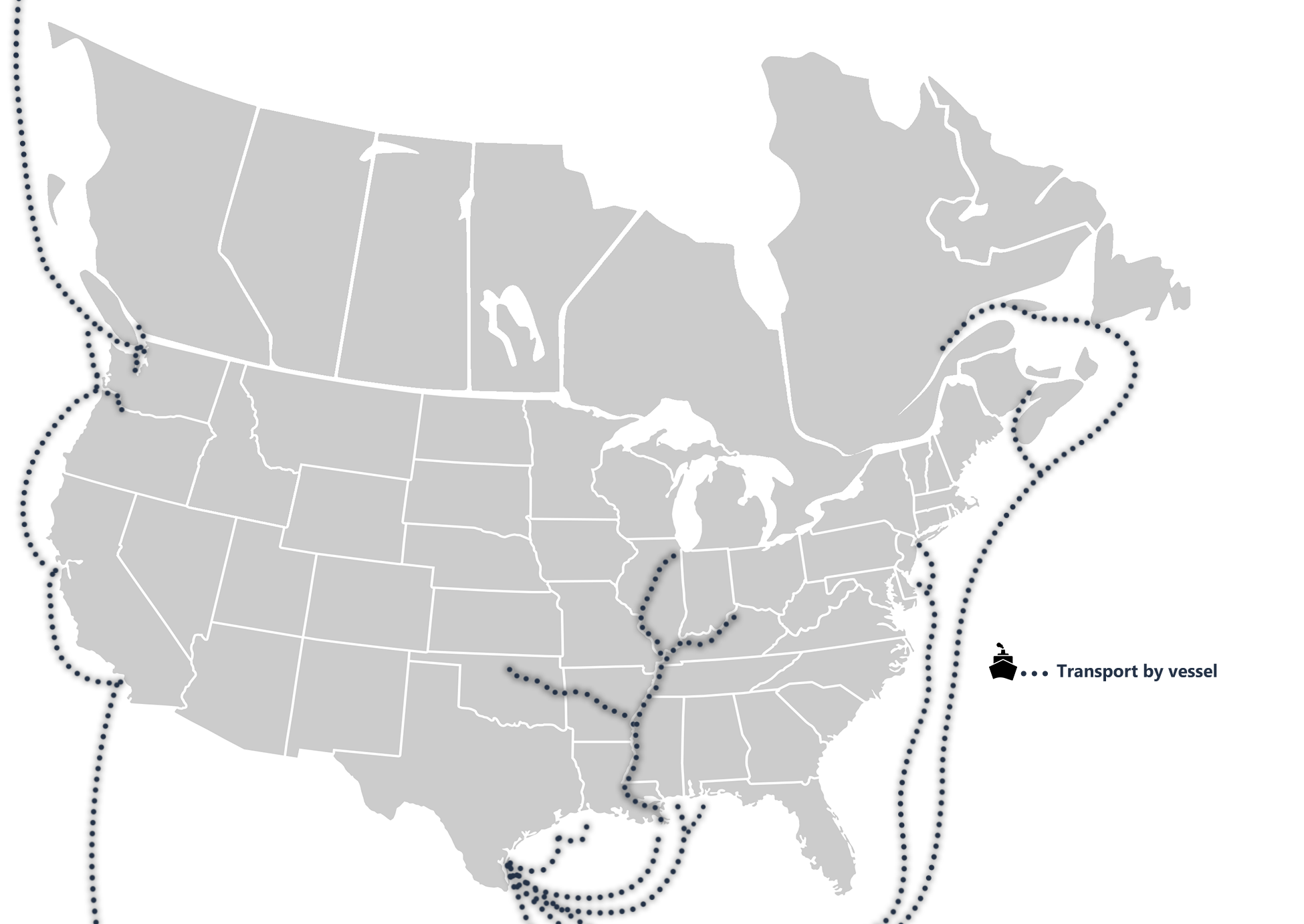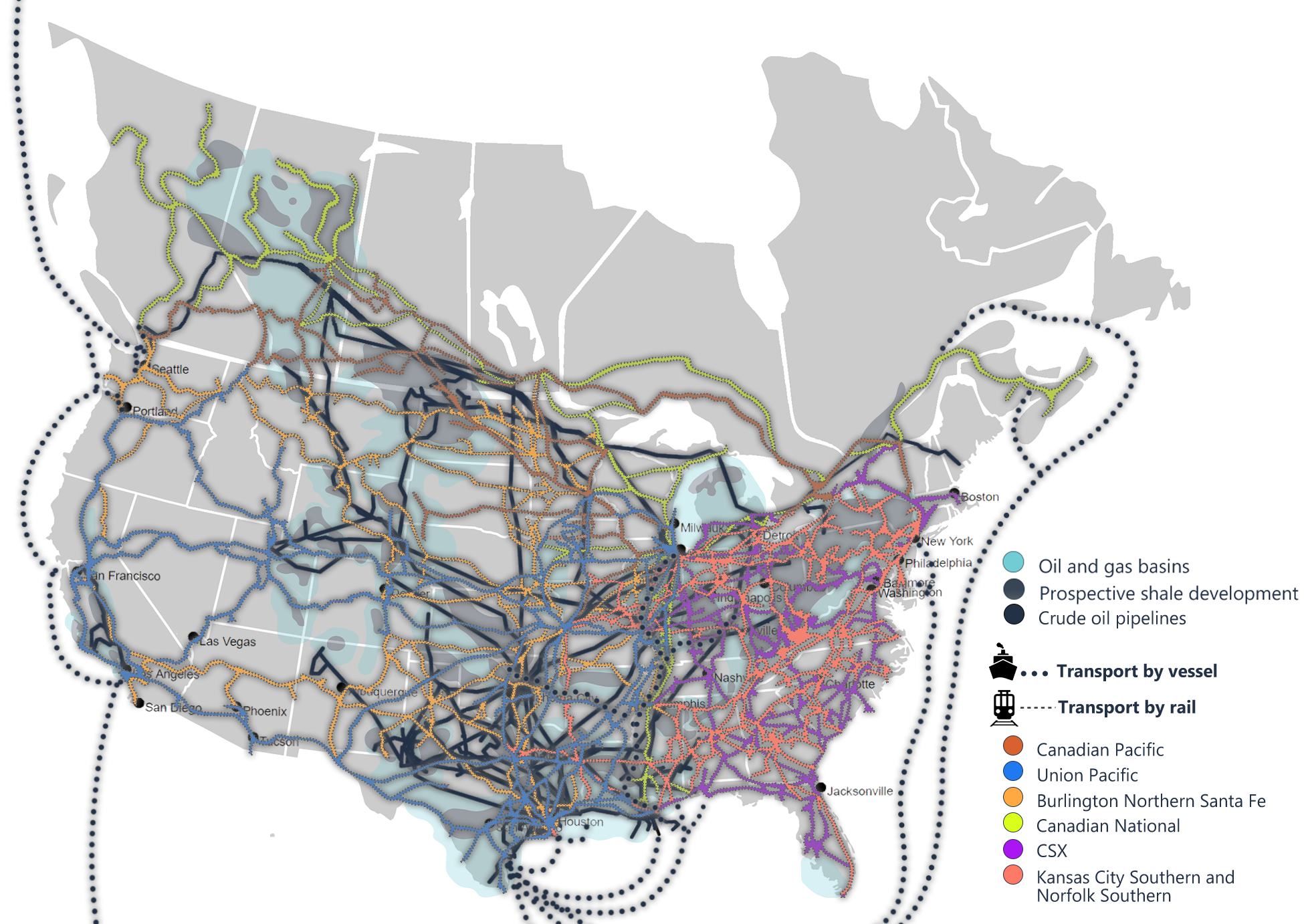Transportation Fuels
Transportation Fuel Consumption
In 2018, Oregon’s petroleum-based transportation fuels – gasoline, diesel, jet fuel, aviation fuel, and lubricants processed from crude oil – accounted for 93.4 percent of Oregon’s transportation fuel consumption, with 6.6 percent of the fuels coming from alternative sources. For on-highway fuels, alternative fuel use is on the rise; it has increased from 1.2 percent in 2005 to 8.7 percent in 2019.
Low-carbon transportation fuels such as renewable diesel and electricity show great promise of increasing market share, but it has been a slow process to transition the transportation fleet and install the necessary infrastructure to enable increased adoption of these fuels. While petroleum-based fuels will continue to play a major role in the transportation sector, gasoline and diesel fuel’s combined share of total transportation energy consumption in the U.S. is expected to decrease from 84 percent in 2019 to an estimated 74 percent in 2050.
2018 Breakdown of transportation fuel type used.
How Our Transportation Fuel Gets to Us
The Pacific Northwest has no crude oil resources and is isolated from the nation’s major petroleum production regions in Texas, North Dakota, and Alberta, Canada. Because of this lack of resources and the added cost of getting the crude here, the region pays more for transportation fuels than many parts of the country.
The map to the left shows where our transportation fuels originate, where they are transported through pipelines, and then moved across the country through rail and vessel transport.
Over the last 10 years the mix of crude resources that feeds into northwest refineries has changed, resulting in changes in how crude oil gets here for processing and refinement. Large amounts of crude are now delivered by rail, and most of these crude rail shipments travel through the Columbia River Gorge and Portland before moving up to Washington refineries. Since 2011, Washington refineries have seen increased amounts of crude from the Canadian oil sands. This crude has a higher carbon intensity than other crude resources, meaning more greenhouse gas emissions are emitted per gallon of fuel, because it requires more greenhouse gas-emitting energy to extract and process.








